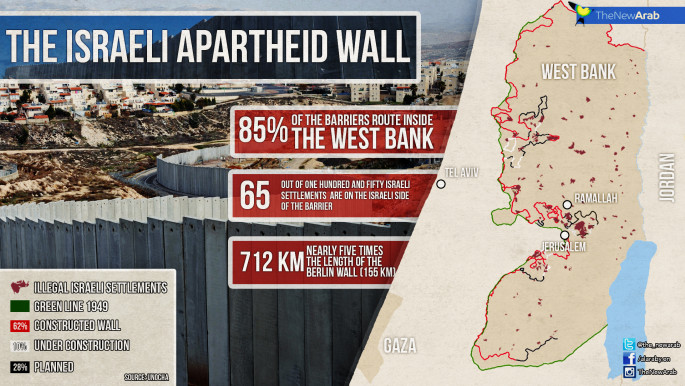
No, Google shouldn't put 'Palestine' on its maps
And it always begins with breathless outrage over some perceived slight. And it always ends with publishers apologising for not checking their sources.
Look at those Facebook posts that flood your timeline which compare military veterans' allowances with foreign aid budgets and suggest "charity begins at home".
The facts don't matter, of course, there's a narrative to be pushed – and that's far more important than pesky things like facts.
And so it was this week, when a campaign briefly took over social media, proclaiming that Google had removed Palestine from its amazingly popular GoogleMaps, an app used more than a billion times each week.
The West Bank and the Gaza Strip had been reduced to delineated districts of Israel, making Google complicit in Tel Aviv's "ethnic cleansing of Palestine", said activists.
It was an attempt to "falsify history" and a "crime" against millions of Palestinians, campaigners said.
 |
'Palestine' doesn't exist as a political entity. It did once, but the wars of 1948 and 1967 put an end to that |  |
Petitions and blood pressure were raised around the world, with thousands willing to jump on the bandwagon of falsely manufactured fury to prove their solidarity with the oppressed in their subjugation under the Californian tech giant.
Of course, it was all nonsense.
While it blamed a glitch for the temporary removal of the labels "Gaza Strip" and "West Bank", Google has never labelled "Palestine" on its maps.
And neither should it.
 |
|
| [Click to enlarge] |
"Palestine" doesn't exist as a political entity. It did once, but the wars of 1948 and 1967 put an end to that.
The land that people refer to as "Palestine" is a land under brutal military occupation.
It is a land where foreign soldiers can, with total impunity, rampage through villages, declare entire cities "closed military zones", shoot people dead when they feel threatened in the slightest – and confiscate little girls' bicycles.
To call the land "Palestine" is to deny the daily violence of occupation and ignores the quest for statehood and national rights.
To call the land "Palestine" is to infer that the fight has been won and the struggle is over. That Palestinians' rights have been universally recognised.
If GoogleMaps want to show objective truth, let them show the Green Line and the route of the Israeli wall built exclusively within it.
 |
Let the maps show the military checkpoints, the Israeli-only apartheid roads, the destroyed olive groves, the farmland confiscated for settlers' use |  |
Let the maps show the military checkpoints, the Israeli-only apartheid roads, the destroyed olive groves, the farmland confiscated for settlers' use.
Let them show how the occupied Palestinian territories have been carved up into a series of Bantustans, divided and blocked off from each other.
Let them show the Palestinian water resources that have been annexed to make the desert bloom and to provide Israelis living in settlements - deemed illegal under international law – with green lawns and full swimming pools.
Let the maps show the Israeli military bases perched intimidatingly upon hilltops above Palestinian towns.
Let them show the "temporary" colonial outposts of settlements, illegal even under Israeli law, which continue to flourish under the watchful eye of the authorities.
Yes, Palestine exists. But it exists in our hearts and in our struggle for justice. It cannot exist on maps until the end of the occupation, when the jail guards, tanks and settlers have all returned to Tel Aviv, and Palestine is free.
James Brownsell is the Managing Editor of The New Arab. Follow him on Twitter: @JamesBrownsell




